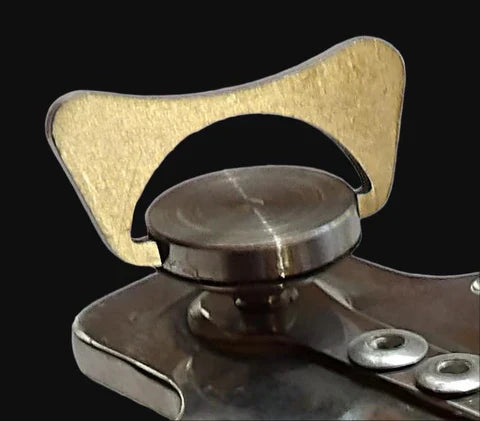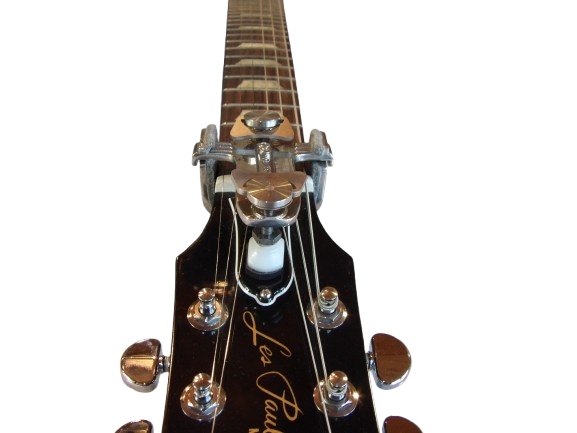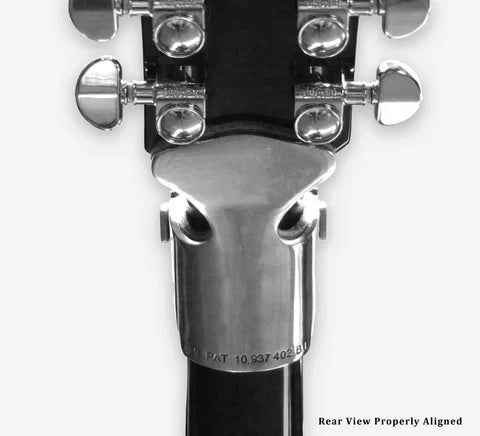A guitar’s neck is one of its most crucial components, responsible for playability, tuning stability, and overall structural integrity. However, without proper reinforcement, the neck is at risk of bending, warping, or even breaking over time. Factors like string tension, environmental conditions, and physical impact can compromise a guitar’s durability.
In this article, we’ll explore why guitar neck reinforcement is essential, the risks of neglecting it, and how the Atlas C-1 provides the best protection against structural damage.
Why Guitar Neck Reinforcement is Important
Many guitarists assume their instrument is sturdy enough to withstand years of use, but several factors contribute to neck instability:
- String Tension – When fully tuned, a guitar’s neck endures around 140 lbs of tension, putting stress on the wood.
- Environmental Changes – Humidity and temperature fluctuations cause wood to expand and contract, leading to neck warping.
- Headstock Weak Points – Guitars with angled headstocks, like Gibsons and Epiphones, are especially vulnerable to breaks.
- Accidental Falls or Mishandling – Even a minor drop can cause cracks at the neck-to-headstock joint.
A reinforced guitar neck helps prevent these issues, ensuring your instrument remains stable and playable for years.
Best Methods for Guitar Neck Reinforcement
-
Using a Guitar Truss Rod Correctly
- A truss rod stabilizes the neck against bowing due to string tension.
- Over-tightening or improper adjustment can lead to structural damage.
-
Storing Guitars Properly
- Keep guitars in temperature-controlled environments to prevent wood expansion and contraction.
- Use a stable guitar stand or case to minimize pressure on the neck.
-
Using the Atlas C-1 for Extra Neck Support
- Unlike standard truss rod adjustments or cases, the Atlas C-1 provides direct reinforcement to the most fragile part of the guitar—the headstock-neck joint.
- It counteracts string tension, reducing strain on the wood.
- Protects the neck during storage, transport, and daily use.
-
Avoiding Extreme String Gauges Without Proper Adjustments
- Heavier gauge strings increase tension, requiring truss rod adjustments to compensate.
- Without reinforcement, switching to higher tension strings can cause permanent neck damage.
Why the Atlas C-1 is the Best Tool for Guitar Neck Reinforcement
Unlike traditional reinforcement methods, the Atlas C-1 offers:
- Protection Against Sudden Breaks – By reinforcing the weakest joint, it prevents structural failures.
- Stabilization for Long-Term Storage – Keeps the neck properly aligned, even when a guitar is left unused for months.
- Essential Travel Protection – Reduces headstock movement inside cases or gig bags, preventing whiplash-like damage.
- Easy Compatibility – Works with most electric and acoustic guitars, ensuring universal support.
A well-maintained guitar neck ensures better playability, tuning stability, and longevity. Whether you play at home, record in a studio, or tour internationally, reinforcing your guitar’s neck is one of the smartest investments you can make.
The Atlas C-1 provides professional-grade neck reinforcement, ensuring your guitar stays in perfect condition for years. Don’t wait until your guitar suffers damage—protect it now and play with confidence!








